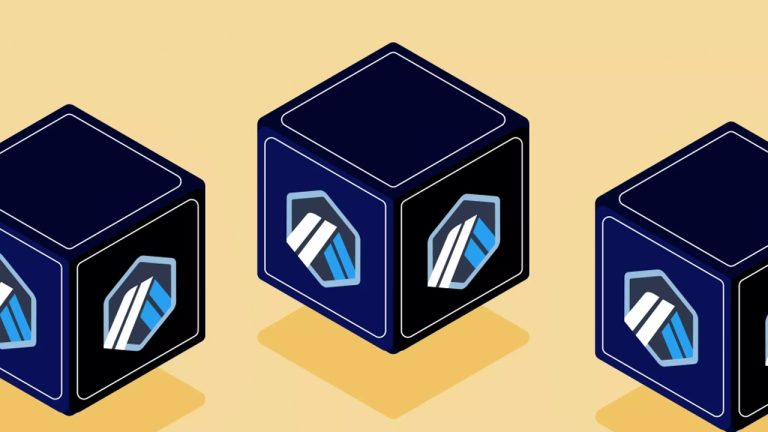
Centralized crypto exchanges have a crucial role left to play in bridging traditional finance with decentralized cryptocurrencies.
However, there are certain factors that may hinder this bright future, including the zero-sum nature of the derivatives market. Crypto needs continuous adoption and capital injection to increase in value — the psychological tendencies that tend to encourage the fear of missing out (FOMO) and excessive trading.
Money itself is not inherently valuable but rather a vessel for value. Consequently, the cryptocurrency market is a zero-sum derivatives market where individuals trade against each other based on differing expectations of the value it represents rather than the actual value itself.
Zero-sum nature of the derivatives market
A zero-sum game is a situation where any gains made by one participant come at the expense of losses for another participant. In derivatives markets, options and futures are considered zero-sum because the contracts represent agreements between two parties, and if one trader loses, the wealth is transferred to another trader.
Related: Ripple verdict could spark a new bull market — Or more malaise
The zero-sum nature can create a highly competitive and speculative environment where traders are focused on short-term gains rather than the underlying value and potential of the cryptocurrencies. Consequently, this distracts from the ultimate goal of decentralization and the establishment of a robust, reliable framework for value exchange.
Need for adoption and capital injection
For a cryptocurrency to increase in value, more individuals and businesses must use and invest in that cryptocurrency. The greater the adoption and capital inflow, the more stable and valuable the cryptocurrency can become. However, as cryptocurrencies gain popularity and value, there is a tendency for users to gravitate toward centralized exchange (CEX) platforms because of their higher efficiency, reliability and more user-friendly interfaces.

Furthermore, the reliance on continuous adoption and capital injection can create a cycle where the value of cryptocurrencies is predominantly driven by speculative trading and market sentiment rather than underlying technological advancements. This dynamic can lead to an unstable market environment and hinder the development of an open, resilient financial system based on decentralized principles.
The allure of making quick profits through crypto trading is difficult to resist, and this collective drive to trade often results in capital flowing toward the exchanges that facilitate these trades and charge fees in the form of cryptocurrencies with limited supply. This presents a dilemma: Cryptocurrencies were intended to dismantle centralized power structures, but the pursuit of profit draws users to the most reliable, efficient CEX platforms, and these platforms consistently attract more users, accumulate more wealth through fees and then become more centralized and powerful.
So, why do we still need CEXs?
CEXs play a vital role in the journey toward achieving a truly decentralized ecosystem. They act as a crucial bridge between traditional financial systems and the emerging world of cryptocurrencies. By refining their operations and implementing robust security infrastructure, CEXs are not only facilitating the seamless transition into decentralized finance but also actively driving its widespread adoption.
One of the primary advantages of CEXs is their ability to provide liquidity and foster market depth within the cryptocurrency ecosystem. They create an active marketplace where traders can efficiently buy and sell digital assets. With a sufficient number of buyers and sellers, CEXs reduce price volatility and enable fair price discovery, ultimately contributing to the stability and growth of the crypto market.
Another key reason is that they serve as a significant entry point for newcomers to the crypto space. Their user-friendly interfaces and intuitive trading tools make it easier for individuals with limited technical knowledge to navigate the complexities of cryptocurrency trading. By providing a familiar environment akin to traditional financial platforms, CEXs lower the barriers to entry and attract a broader user base.
Related: SEC charges against Binance and Coinbase are terrible for DeFi
There are several other factors that contribute to the need for CEXs, including their efficient risk management measures, around-the-clock support services and convenient fiat on-ramps, among others.
While the goal of the cryptocurrency industry and blockchain technology is decentralization, it is essential to recognize the indispensable role of centralized exchanges in this journey. As the industry continues to evolve and innovate, striking a balance between decentralization and the need for centralized exchanges becomes crucial for achieving a sustainable, inclusive, decentralized future.
It is our responsibility to approach this delicate balance with caution and avoid any tendencies toward forceful expansionism. Let us always remember the age-old wisdom that power corrupts and absolute power corrupts absolutely.
Blockchain technology will eventually establish a reliable framework for exchanging value, effectively decentralizing power and financial control. This vision represents a revolutionary paradigm shift that we should wholeheartedly embrace.
This article is for general information purposes and is not intended to be and should not be taken as legal or investment advice. The views, thoughts and opinions expressed here are the author’s alone and do not necessarily reflect or represent the views and opinions of Cointelegraph.












